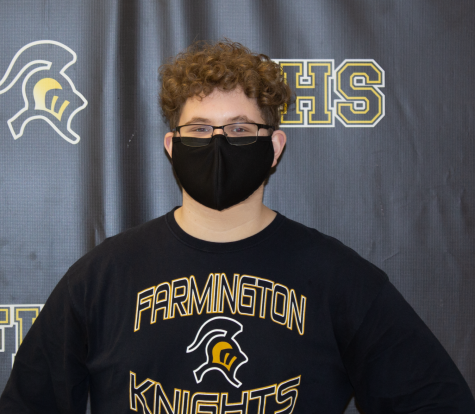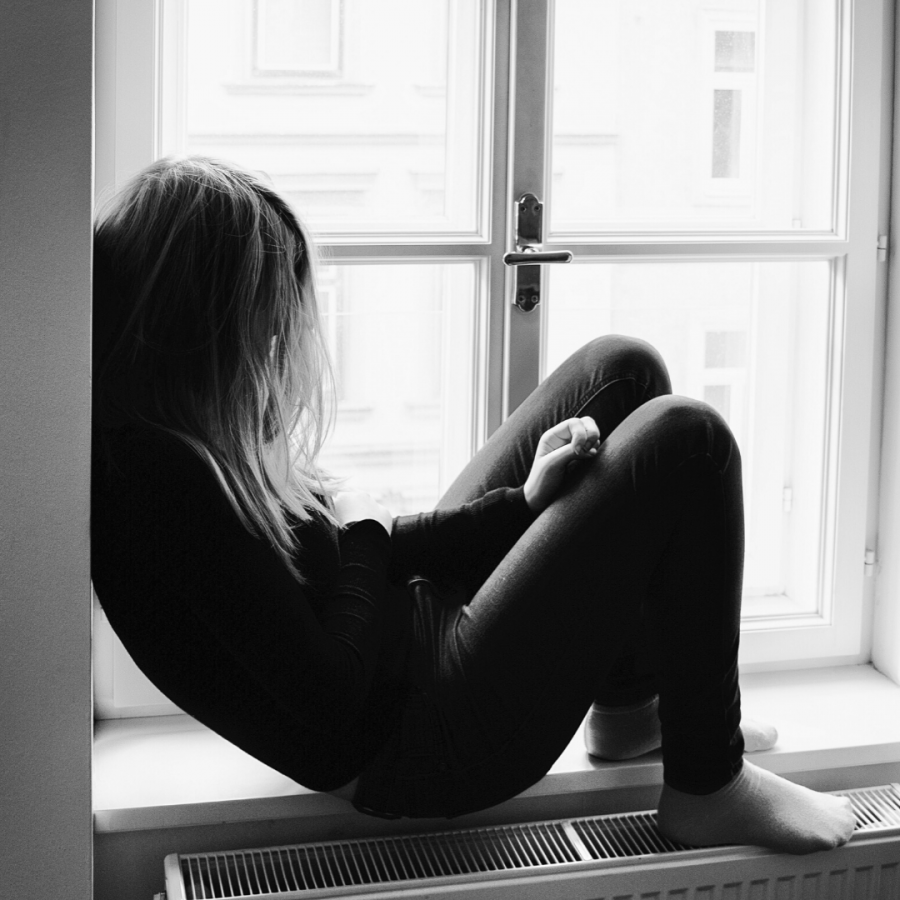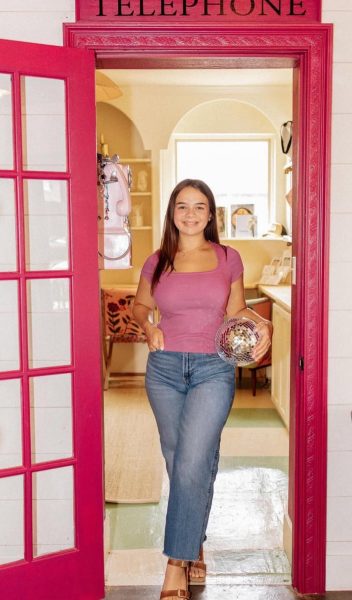Seasonal Affective Disorder
S.A.D.
The beginning of the new year can be a time of excitement and passion. People are fulfilling goals they set, and are working to become their best selves. Despite this, the new year can also be a very solemn and depressing time for people due to Seasonal Affective Disorder, or SAD.
Seasonal depression strikes in the early months of December and continues all the way until Spring. As described by the Mayo Clinic, it is ‘a mood disorder characterized by depression due to a lack of sunlight at certain times of the year’. Because of the shorter days in the winter, less UV rays from the sun reach people. With the lack of sunlight, serotonin levels drop significantly in certain people with seasonal depression.
Unlike most mental illnesses, seasonal depression is not a year-round thing. “(Seasonal Depression) is usually diagnosed by changes of mood with the calendar year and also reoccurs every year,” said Madelyn Usherwood, a licensed professional counselor. “Symptoms are the same for general depression, such as change in appetite, weight gain and loss, fatigue, isolating yourself, etc.”
When asked about how to deal with SAD, this is what Madelyn had to say. “Doctors usually diagnose it and prescribe antidepressants known as SSRI (selective serotonin reuptake inhibitors). Alternative solutions include phototherapy.”
Phototherapy, also known as light therapy, is the practice of using a specialized lamp that replicated light that the sun produced. This gives the feeling of being outdoors and can help people naturally remedy their Seasonal Depression.
These winter months can be full of joy and holiday cheer. However, these months can also be excruciating for those who enjoy the outdoors. Staying informed on how to beat cabin fever is super important, and one should do their best to get as much sunshine as they can.

Interests: Reading, Writing, Watching Netflix
Quote: “What I hear when I’m being yelled at is people caring loudly at me.” - Leslie Knope
Theme...





